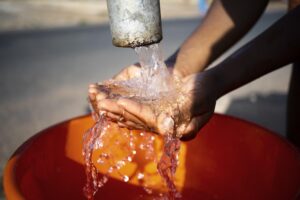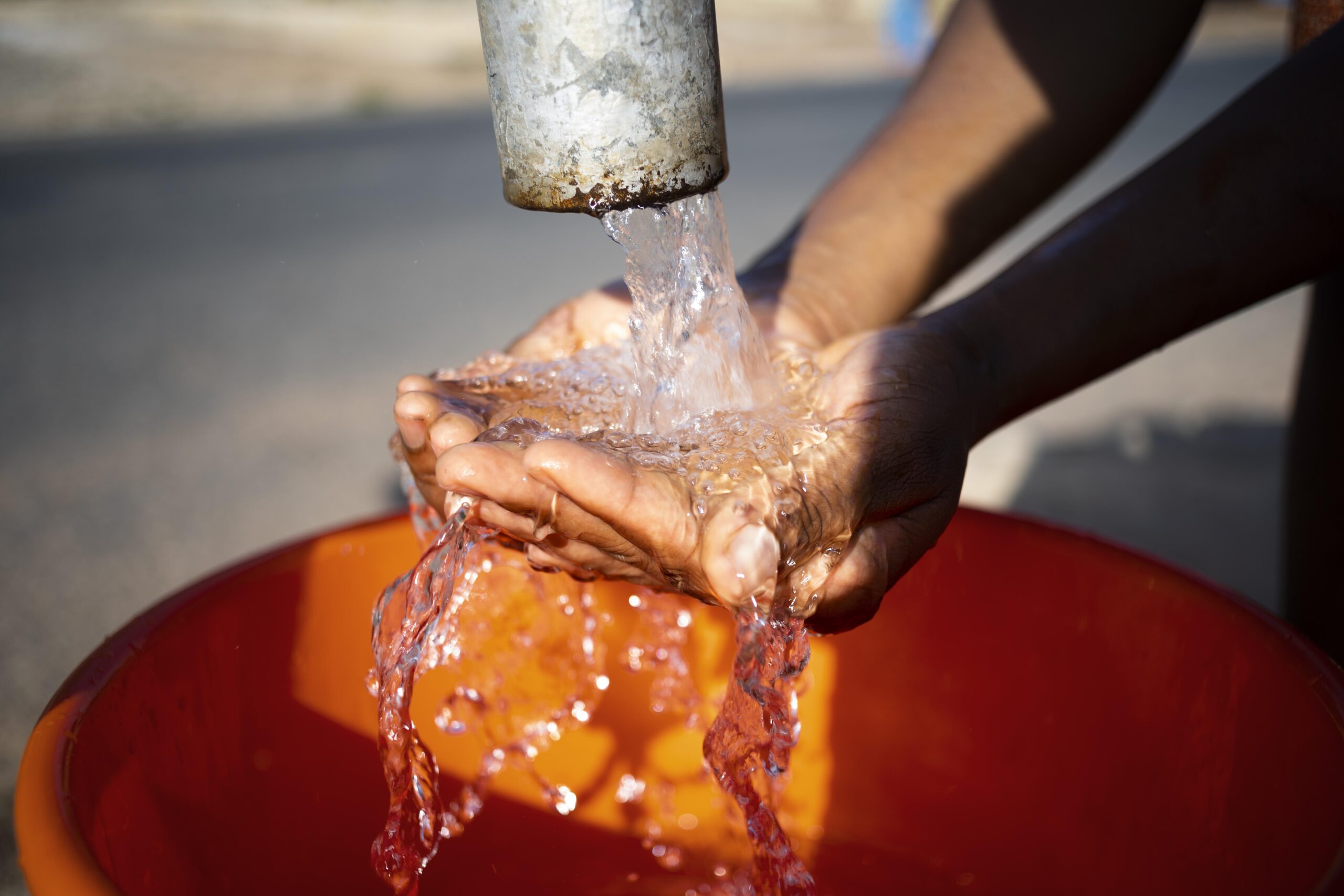Drinking Water and Community Health
Access to safe drinking water is one of the major challenges in vulnerable areas. An overview of the impact of lacking this basic resource.

In the 21st century, access to clean water remains a privilege for millions of people instead of a guaranteed right. The World Health Organization (WHO) and UNICEF have reported that at least one in four people worldwide lack access to safe drinking water services.
This global water crisis has direct consequences on public health, particularly in vulnerable communities where the necessary infrastructure is lacking and the shortage of this resource exacerbates health risks.
The relationship between clean water and health is direct: safe water not only prevents infectious diseases but also impacts nutrition, maternal and infant health, gender equity, and community development. For this reason, access to potable water sources translates into improved health and well-being indicators, particularly in rural areas and informal settlements.
Preventable Diseases and Lack of Potable Water
It has been proven that contaminated water is a vehicle for the spread of numerous diseases, many of which severely affect children under five. Diarrhea, cholera, typhoid fever, hepatitis A, amebiasis, and schistosomiasis are just some of the conditions associated with ingesting or coming into contact with unsafe water.
Access to clean water is also a determining factor in the health of pregnant women and children. Water-related infections during pregnancy can cause premature births, low birth weight, or neonatal infections.
In addition, chronic diarrhea in childhood affects the proper absorption of nutrients, which can lead to malnutrition and stunted growth.
According to the World Health Organization, more than 485,000 people die each year from diarrheal diseases linked to unsafe water and inadequate sanitation. In regions with high poverty levels, these illnesses not only cause deaths but also result in years of productive life lost, perpetuating cycles of vulnerability.
Moreover, water contamination with heavy metals such as arsenic or lead, or with agricultural chemicals such as pesticides and fertilizers, can cause chronic conditions that damage vital organs, lead to congenital malformations, or increase the risk of certain types of cancer.
These effects often go unnoticed due to the lack of timely diagnosis, generally caused by the weakness of local health systems.
A study published in The Lancet Global Health indicated that access to safe drinking water combined with proper hygiene practices can reduce cases of acute malnutrition in children under five by 30%.
Addressing the Water Crisis
The solution to the water crisis is not solely technical, but also social and political. Building wells, installing systems, or expanding distribution networks is essential; however, it is not enough to end this problem.
Community participation is crucial, as is the ability of governments to launch sustainable policies suited to local contexts and to develop education programs on hygiene and water conservation, for example through community-level interventions.
When families understand the importance of handwashing, chlorination of water, or safe storage, the health benefits multiply. Strengthening water management is equally important.
The lack of coordination between sectors, corruption, or underinvestment in water infrastructure are factors that increase inequality and restrict access. The 2030 Agenda for Sustainable Development is key in this regard, as it calls for urgent action to ensure clean water for all, a goal that impacts numerous aspects of human well-being.
Low-cost technologies have become powerful tools in addressing this challenge, providing solutions in vulnerable areas. Filters, purification devices, and rainwater harvesting systems have proven highly useful in granting access to safe water.
Furthermore, many vulnerable communities are driving their own solutions. In El Salvador, the Asociación Comunitaria Unida por el Agua y la Agricultura (ACUA) has enabled more than 50 rural communities to gain access to drinking water through self-managed systems and partnerships with local governments.
This initiative demonstrates that with technical support and adequate financing, communities can play a leading role in securing their own water and health.
Water as a Right, Not a Privilege
Community health cannot advance significantly if access to clean water is not guaranteed. It remains a debt owed to millions worldwide, especially in areas marked by high poverty, forced displacement, and the climate crisis. The solutions exist and are within reach if the right to water is prioritized.
Investing in safe water not only saves lives but also transforms communities: it reduces disease, improves household economies, empowers women, protects children, and strengthens resilience in the face of health and climate emergencies.


